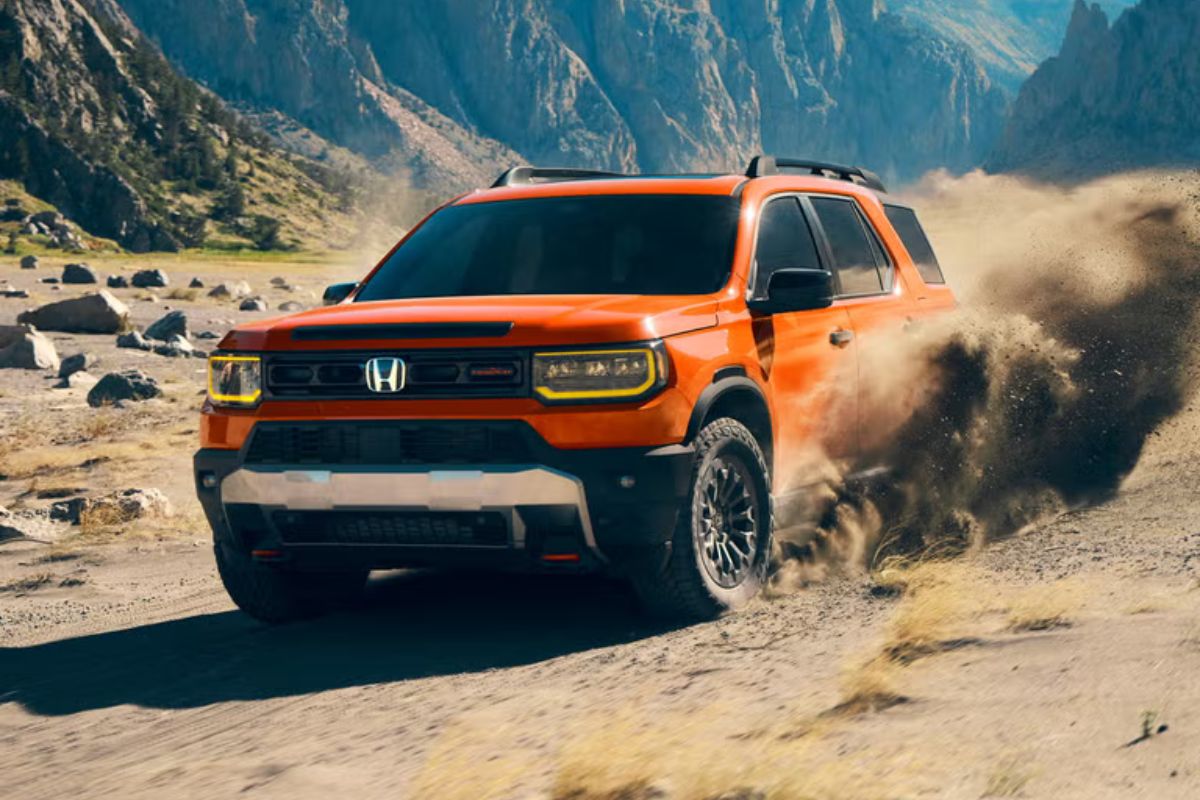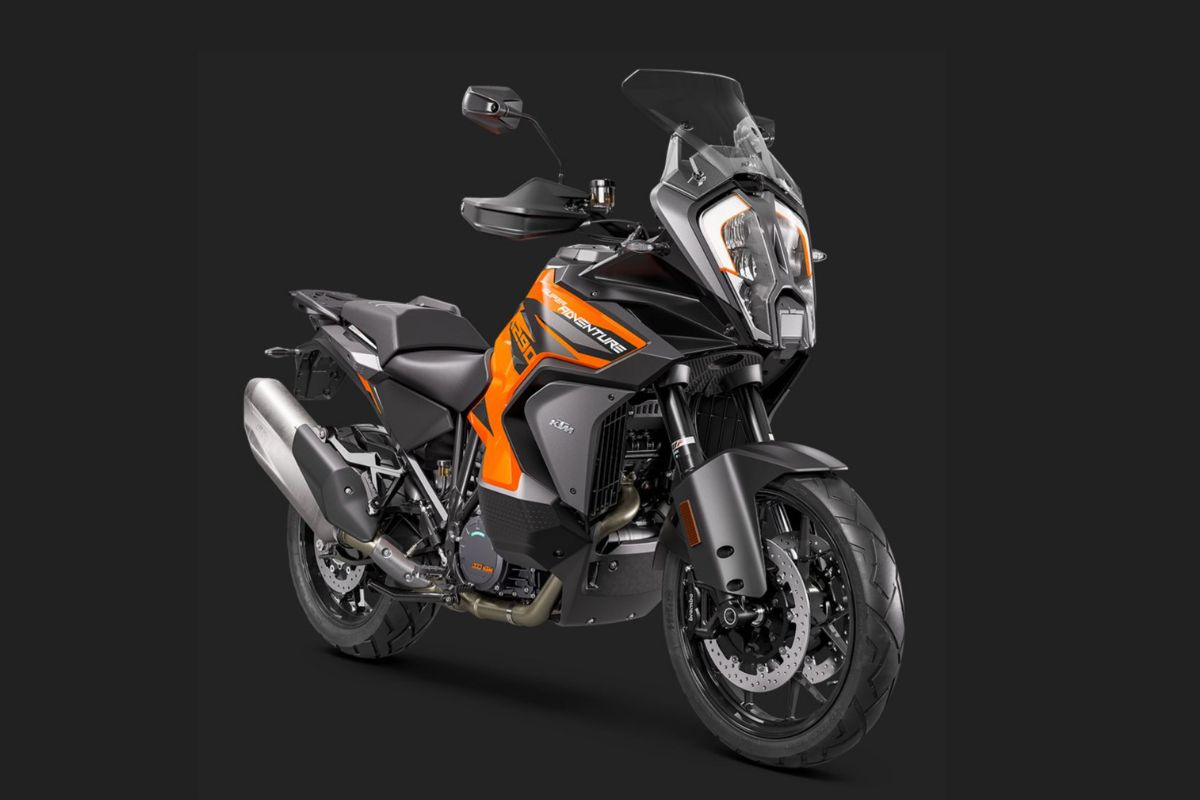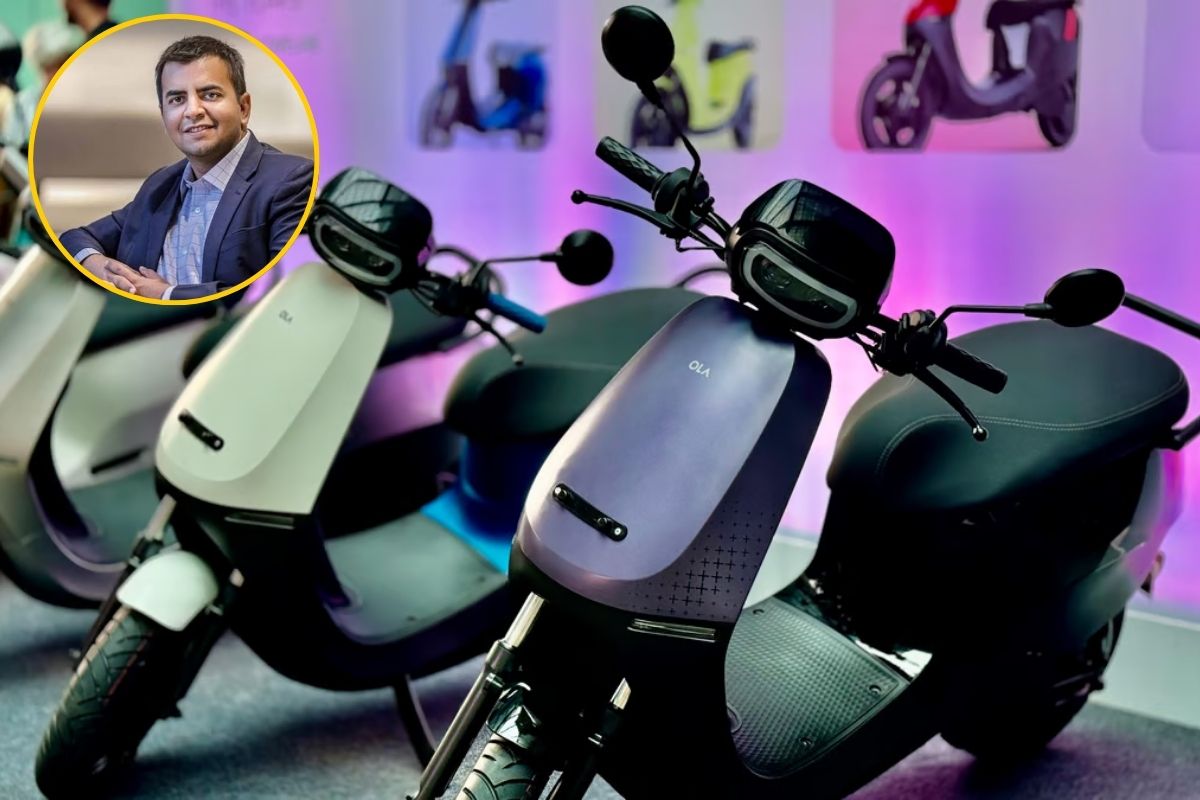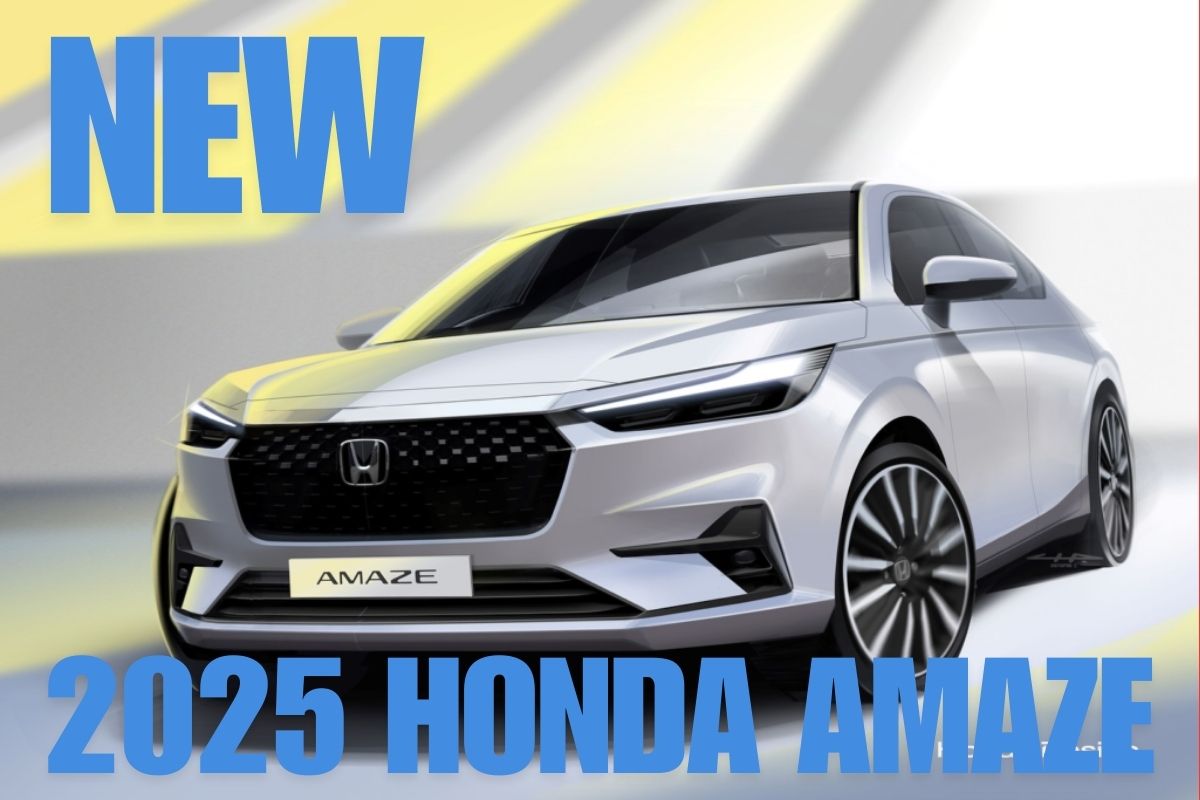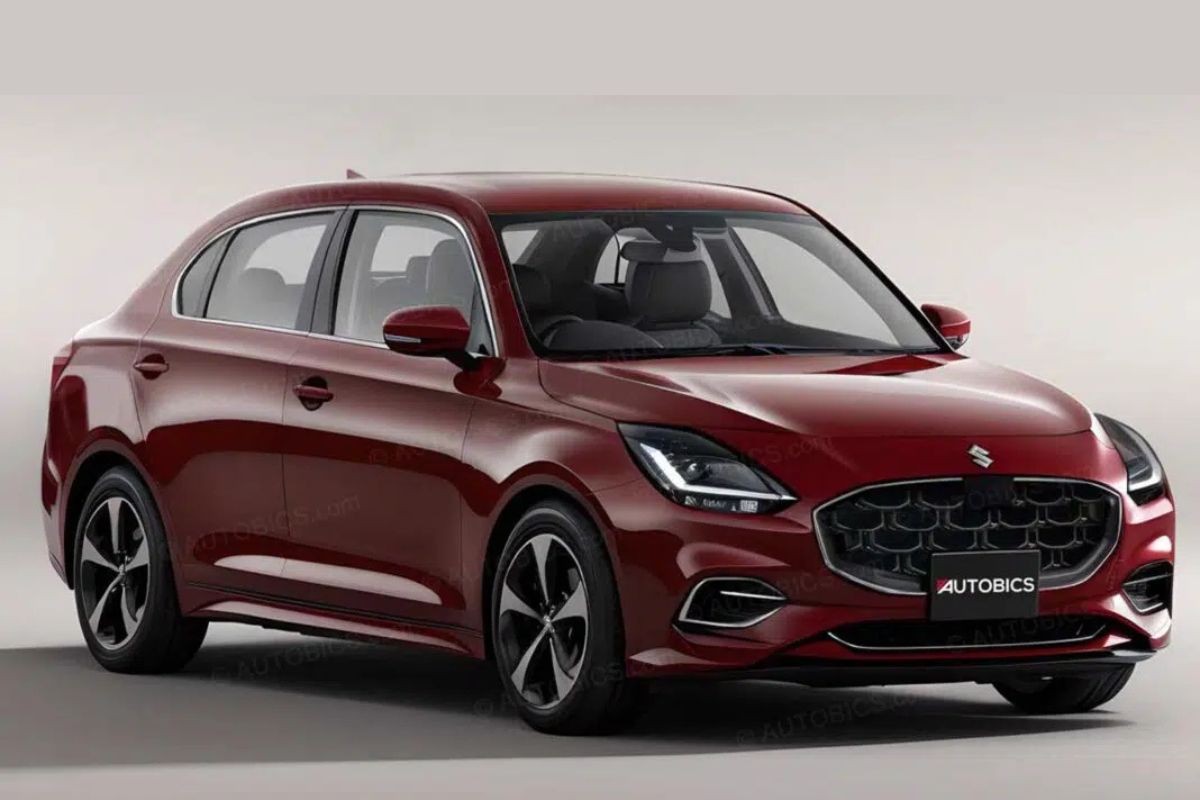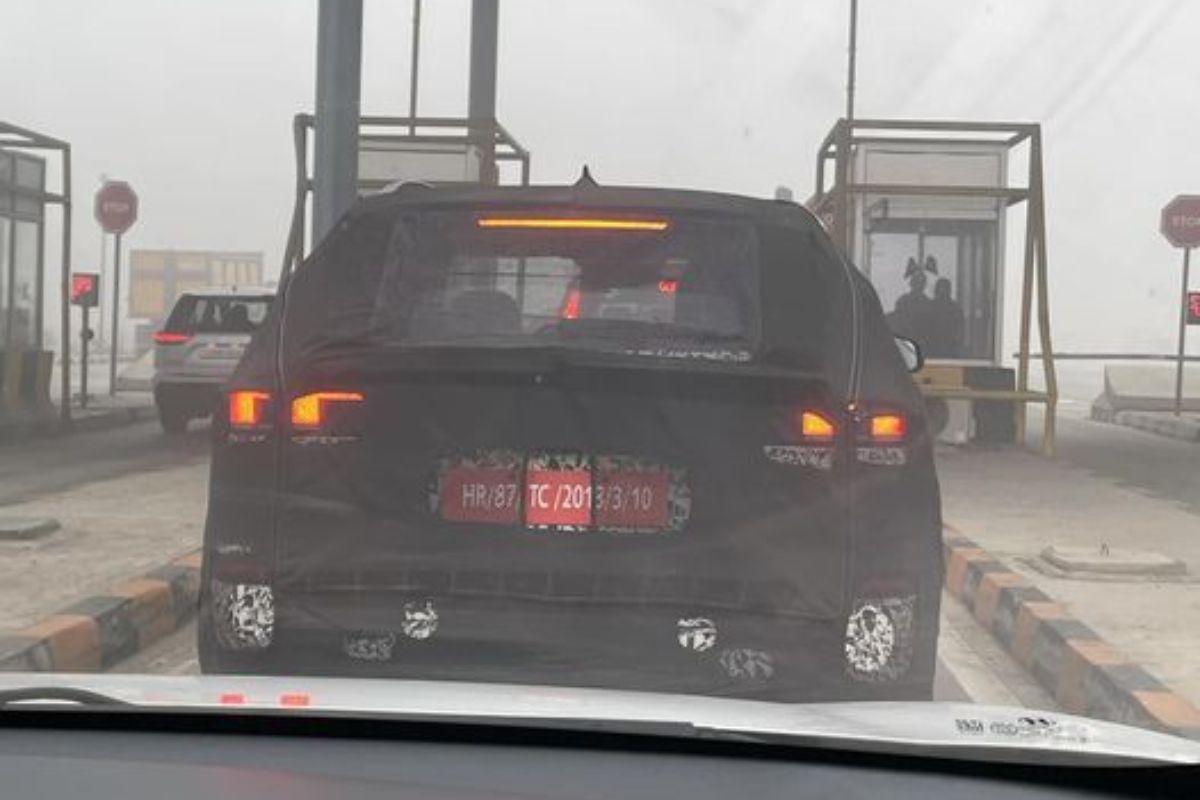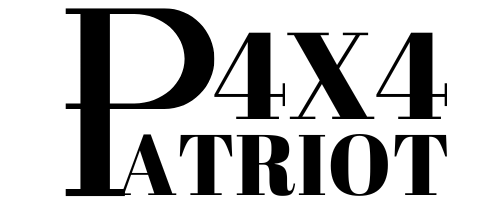Explore the controversy surrounding Tesla’s Cybertruck as Europe considers banning it due to safety concerns related to its size and design. Learn about the implications for Tesla and consumers.
The Tesla Cybertruck, with its striking design and robust features, has garnered significant attention since its unveiling. However, it now faces substantial pushback in Europe due to concerns regarding its size and safety implications. As various advocacy groups raise alarms about the vehicle’s weight and angular design, the future of the Cybertruck in European markets hangs in the balance. This article explores the reasons behind the potential ban, the implications for Tesla, and what this means for consumers.
The Controversy Surrounding the Cybertruck
The Tesla Cybertruck is not just another electric vehicle; it is a bold statement in automotive design. With dimensions that include a length of approximately 19 feet 4 inches (5885 mm), a width of 6 feet 8 inches (2027 mm), and a height of 6 feet 3 inches (1905 mm), this vehicle is significantly larger than many traditional cars on European roads. Its curb weight ranges from 5000 to 6500 pounds (2267 to 2948 kg), depending on the variant, which raises red flags among European regulators and safety advocates.
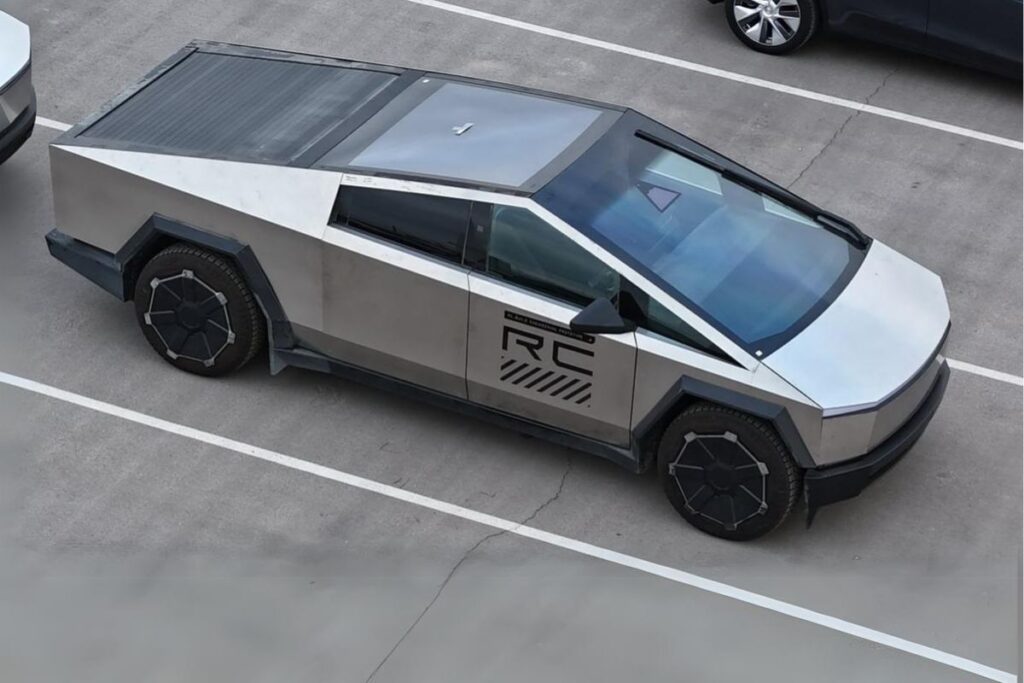
Key Concerns Raised by Advocacy Groups
Several organizations, including the European Transport Safety Council and the European Cyclists’ Foundation, have voiced their concerns regarding the Cybertruck’s safety on European streets. Their primary arguments include:
- Excessive Weight: The Cybertruck’s weight exceeds the European limit for light-duty vehicles, which is set at 3.5 tonnes (approximately 7,000 pounds). This discrepancy raises questions about its classification and legality on public roads.
- Angular Design: The sharp edges and corners of the Cybertruck’s design are seen as potential hazards for pedestrians and cyclists. These groups argue that such features could exacerbate injury severity in collisions, contrasting with more rounded vehicle designs that tend to mitigate impact damage.
- Legal Loopholes: There have been instances where individuals have managed to register the Cybertruck in countries like the Czech Republic by exploiting regulatory loopholes. For example, one owner modified their vehicle by adding rubber slats to sharp edges to comply with local safety standards. This situation highlights concerns about inconsistent enforcement of vehicle regulations across Europe.
read more: The Tesla Robotaxi: The Most Affordable Tesla, Starting Under $30K
The Weight Debate: A Closer Look
The debate over the Cybertruck’s weight is central to discussions about its potential ban in Europe. According to Tesla, the gross vehicle weight can range from 8,834 pounds (4,007 kg) to 9,169 pounds (4,159 kg) depending on configurations[6]. This weight significantly surpasses EU regulations for light-duty vehicles.
Implications of Overweight Vehicles
The implications of allowing heavy vehicles like the Cybertruck on European roads extend beyond regulatory compliance:
- Increased Risk of Injury: Heavier vehicles typically pose greater risks in accidents. Studies indicate that collisions involving larger vehicles result in higher injury rates for pedestrians and cyclists compared to smaller cars.
- Infrastructure Strain: Heavier vehicles can also contribute to increased wear and tear on road infrastructure. This can lead to higher maintenance costs for municipalities tasked with keeping roads safe and functional.
Tesla’s Response and Future Plans
In light of these challenges, Tesla has indicated that it may need to develop an “international version” of the Cybertruck tailored specifically for European markets. Elon Musk has hinted at this possibility during discussions about expanding Tesla’s global footprint.
Potential Modifications for Compliance
To meet European standards while maintaining its unique design ethos, potential modifications could include:
- Reducing Weight: Engineering a lighter version of the Cybertruck could help it comply with EU regulations while still appealing to consumers who appreciate its rugged aesthetics.
- Design Alterations: Softening sharp edges or incorporating crumple zones could address safety concerns raised by advocacy groups without sacrificing too much of the vehicle’s distinctive look.
The Broader Impact on Tesla and Consumers
The potential ban on the Cybertruck in Europe poses significant implications not only for Tesla but also for consumers interested in electric vehicles.
Market Dynamics
Should a ban be implemented, it could:
- Limit Market Access: A prohibition against selling or operating the Cybertruck would restrict Tesla’s ability to tap into one of the world’s largest automotive markets.
- Shift Consumer Preferences: If consumers perceive that larger vehicles are becoming less viable due to regulatory pressures, there may be a shift toward smaller electric vehicles that comply with existing regulations.
Consumer Sentiment
Consumer sentiment toward larger electric vehicles may also evolve based on this controversy. Many buyers are drawn to trucks like the Cybertruck due to their utility and performance capabilities. However, if safety concerns dominate public discourse, potential buyers may reconsider their options.
Navigating Regulatory Challenges
As discussions continue around the future of the Tesla Cybertruck in Europe, it is clear that balancing innovation with safety regulations will be crucial. The concerns raised by advocacy groups highlight a growing tension between cutting-edge automotive design and traditional safety standards.
Tesla’s response will be pivotal in determining whether it can successfully navigate these challenges while maintaining its reputation as a leader in electric vehicle technology. Whether through modifications or new designs tailored for international markets, how Tesla adapts will likely influence not only its own future but also broader trends within the automotive industry as it strives to meet diverse global standards.
As we await further developments from both Tesla and European regulatory bodies, one thing remains certain: The conversation surrounding vehicle design and safety will continue to evolve alongside advancements in automotive technology.

